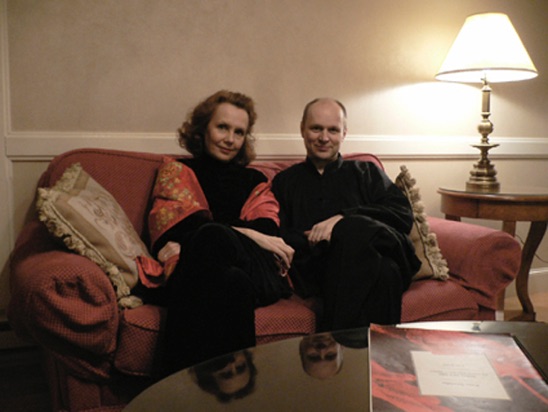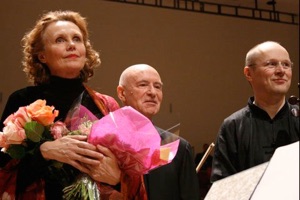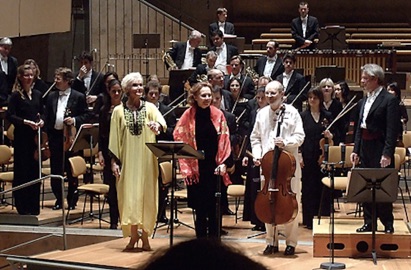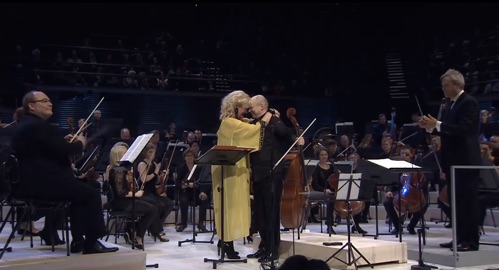Notes on light
for cello and orchestra / or chamber orchestra
Boston Symphony Orchestra 125th Anniversary Commission
First performance 22nd February 2007 at Symphony Hall, Boston
Soloist: Anssi Karttunen, cello
Conductor: Jukka-Pekka Saraste
Orchestration: 4,2,3,2/4,0,0,0/Timp, 4 Perc,Hp, Cel, Pno/Strings
Duration: 26-31 min
Performances with Anssi Karttunen as soloist:
- Boston Symphony Orchestra / Jukka-Pekka Saraste 23,24,27.2.2007
- Finnish Radio Orchestra / John Storgårds 14.3.2007
- Polish National Orchestra / Reinbert de Leeuw 23.9.2007
- Swedish Radio Orchestra / Jukka-Pekka Saraste 12.10.2007
- Latvian National Symphony / Ernest Martínez-Izquierdo 1.11.2007
- Orquesta Sinfonica de Navarra / Ernest Martínez-Izquierdo 22-23.11.2007
- Orchestre de Paris / Christophe Eschenbach 13.3.2008
- Barcelona Symphony Orchestra / Ernest Martínez-Izquierdo 25-27.4.2008
- NDR Symphony Orchestra / Sylvain Cambreling 30.5.2008
- CBSO (Mostly Mozart-New York) / Susanna Mälkki 14.8.2008
- Royal Concertgebouw Orchestra / Oliver Knussen 25-26.9.2008
-
-Danish Radio Orchestra / John Storgårds 13.11.2008
-
-Royal Opera House, London / Barry Wordsworth 4-18.11.2009
-
-New World Symphony, Miami / Susanna Mälkki 23.1.2010
-
-Asko | Schönberg, Amsterdam / Reinbert de Leeuw 11.11.2010
-
-Royal Opera House, London / Barry Wordsworth 4-19.10.2011
-
-New Jersey Symphony Orchestra / Jacques Lacombe 20-22.1.2012
-
-eco Ensemble, Berkeley, California / David Milner 23.10.2015
-
-Ensemble Stern, Suntory Hall, Tokyo / Seitaro Ishikawa 24.7.2016
-
-Orchestre National de Pays de Loire / Ernest Martínez Izquierdo 30.9-1.10. 2017
-
-Lapland Chamber Orchestra, Rovaniemi / John Storgårds 31.3.2021
-
-ESMUC Symphony Orchestra, Barcelona / Ernest Martínez Izquierdo 20.4.2021
-
-Orchestra della Fenice, Venice / Ernest Martínez Izquierdo 17.9.2021
-
-Helsinki Philharmonic, Helsinki / Susanna Mälkki 14.10.2022
-
-BBC Symphony, London / Sakari Oramo 7.5.23
-
-Neuen Philharmonie Westphalen, Gelsenkirchen / Valtteri Rautalammi 27.1.24
-
-Orchestre de Paris, Philharmonie de Paris / Esa-Pekka Salonen 15.2.24






